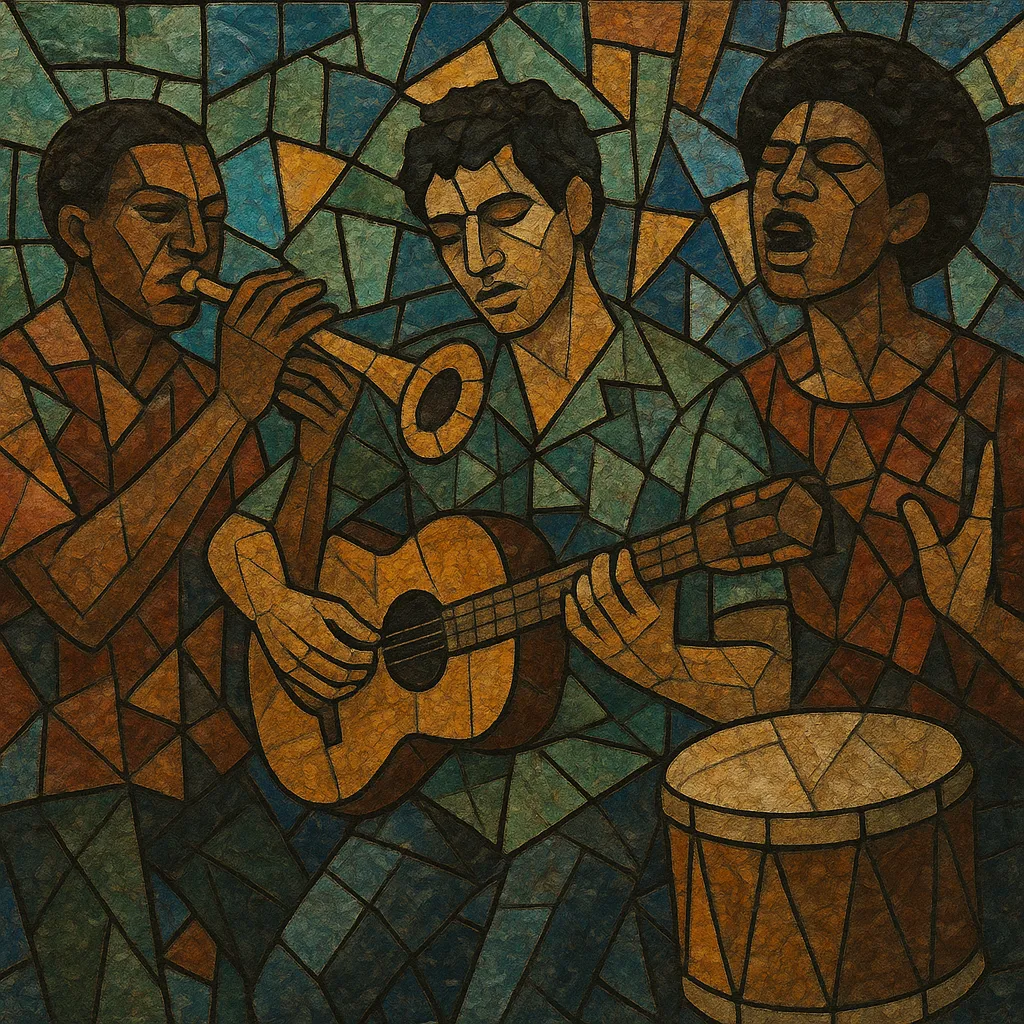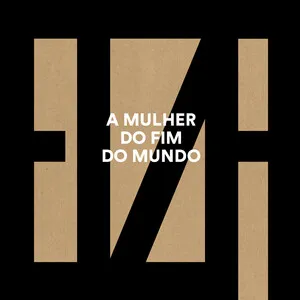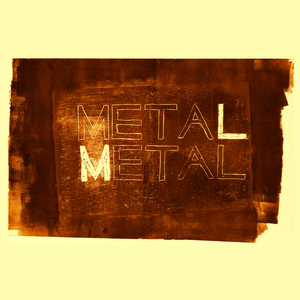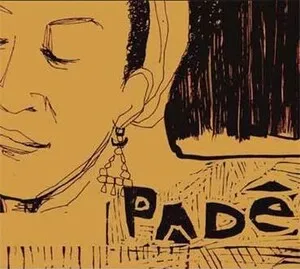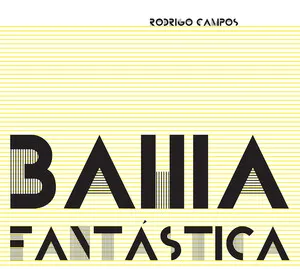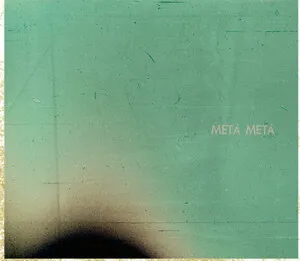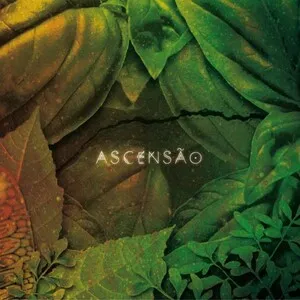Nova Vanguarda Paulistana is a contemporary São Paulo movement that renews the spirit of the historic 1980s Vanguarda Paulistana, fusing experimental songwriting with Afro-Brazilian rhythm, free-jazz urgency, indie/experimental rock textures, and poetically dense lyrics. It favors collaborative ensembles and DIY/independent production, often blurring the lines between samba, MPB, noise, and improvisation.
The sound is marked by percussive guitar figures, angular harmonies, polyrhythms derived from candomblé and urban samba, and a raw, live-in-the-room energy. Horns, voice, and rhythm section interact in ways that feel simultaneously traditional and exploratory, reflecting São Paulo’s multicultural, post-industrial edge.
The Nova Vanguarda Paulistana coalesced in São Paulo during the late 2000s and 2010s. It inherited the ethos of the original 1980s Vanguarda Paulistana (centered around venues like Teatro Lira Paulistana), but translated it to a new era of independent labels, cultural centers (Sescs, CCSP, Itaú Cultural), and small clubs. The city’s density and cultural diversity catalyzed a scene where samba, MPB, Afro-diasporic rhythms, experimental rock, and free improvisation could intersect.
Rather than a single sound, the movement is a network of overlapping ensembles and creators who frequently share band members, arrangers, and producers. Groups such as Metá Metá and Passo Torto drew from candomblé rhythmic cells, Afrobeat propulsion, and free jazz’s openness, while songwriters reimagined MPB with stark harmonies and street-level poetics. Independent producers and collectives emphasized live, raw timbres and a documentarian approach to recording.
International attention grew as albums from scene stalwarts circulated beyond Brazil, and as established icons collaborated with the new guard. A major flashpoint was the late-career reinvention of Elza Soares, whose acclaimed records were powered by São Paulo’s experimental rhythm section and arrangers tied to this movement. Tours, festival slots, and critical essays framed the scene as a twenty-first-century answer to the exploratory spirit of Tropicália and the original Vanguarda Paulistana.
The Nova Vanguarda Paulistana reaffirmed the centrality of São Paulo as a crucible for boundary-pushing Brazilian music. Its legacy is heard in the normalization of cross-genre experimentation within MPB, the embrace of Afro-Brazilian rhythmic research in contemporary arrangements, and a thriving live circuit where improvisers, songwriters, and rock players collaborate fluidly.

